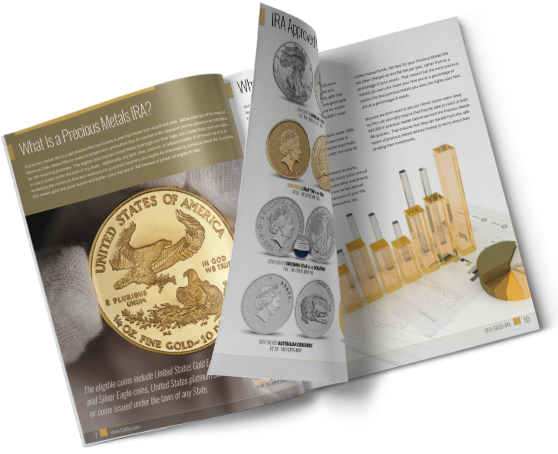What is an Individual Retirement Account?
An individual retirement account, also known as an individual retirement arrangement(IRA), is an individual retirement plan that allows you to contribute towards your retirement and receive tax benefits. This plan was created in 1974 by the Employment Retirement Income Security Act (ERISA) and allowed individuals to contribute a portion of their income to a tax-deferred account. These accounts come in many different forms and each form has its advantages and disadvantages. One of the overall advantages of investing in any type of IRA account are the tax advantages that come along with them. These tax advantages allow you to focus on saving for your future.
Different Types of Individual Retirement Accounts
Traditional IRA
- Any contributions made are tax deferred.
- Any withdrawals made at retirement are taxed as normal income.
- You have the opportunity to convert to a Roth IRA.
Roth IRA
- Contributions made to this type of IRA are made with after-tax assets. This means that all taxes are paid on the front end.
- Retirement withdrawals are untaxed.
- There are income restrictions when determining who can have a Roth IRA.
- Contributions can still be made even if you have an existing 401(k) plan.
- Roth IRA’s can be passed on to heirs.
SEP IRA
- This is an IRA used by employers to contribute to a traditional IRA in an employee’s name.
- There are stipulations before some employers are willing to do this.
- These stipulations could include age restrictions, time of employment, and compensation for the previous tax year.
- Employers are allowed to contribute up to 25% of the employee’s income up to a certain limit set by the IRS.
SIMPLE IRA’s
- These are another form of IRA’s offered by employers. SIMPLE = Savings Incentive Match Plans for Employees.
- Employees are allowed to contribute to these accounts and employers are required to contribute.
Self Directed IRA
- The Self Directed IRA allows individuals to invest in alternatives to stocks, such as real estate, bonds, private equity, private lending, and precious metals.
- The IRS requires that a custodian is in charge of holding the IRA assets for the owner.
- Prohibited investments: artwork, rugs, antiques, collector coins, gems, stamps, etc.

Ready to Protect Your Retirement Savings?
Get our FREE Self-Directed IRA Guide
With the Goldco self-directed IRA guide, you’ll learn everything there is to know about investing in gold and silver with a precious metals IRA. Whether you’re a long-time precious metals investor or a first-time buyer, our FREE guide will explain the advantages of precious metals IRAs, how to get started investing in precious metals, and how long the IRA process will take.
Once you’ve read our FREE IRA guide, our specialists are available to answer any additional questions you have about opening a gold or silver IRA. If you’ve wished you could invest in gold and silver but didn’t know how, request your FREE self-directed IRA guide today and learn how you can harness the power of gold and silver to protect your retirement savings, grow your wealth, and add much-needed stability to your investment portfolio.

Ready to Protect Your Retirement Savings?
Get our FREE Self-Directed IRA Guide
With the Goldco self-directed IRA guide, you’ll learn everything there is to know about investing in gold and silver with a precious metals IRA. Whether you’re a long-time precious metals investor or a first-time buyer, our FREE guide will explain the advantages of precious metals IRAs, how to get started investing in precious metals, and how long the IRA process will take.
Once you’ve read our FREE IRA guide, our specialists are available to answer any additional questions you have about opening a gold or silver IRA. If you’ve wished you could invest in gold and silver but didn’t know how, request your FREE self-directed IRA guide today and learn how you can harness the power of gold and silver to protect your retirement savings, grow your wealth, and add much-needed stability to your investment portfolio.



